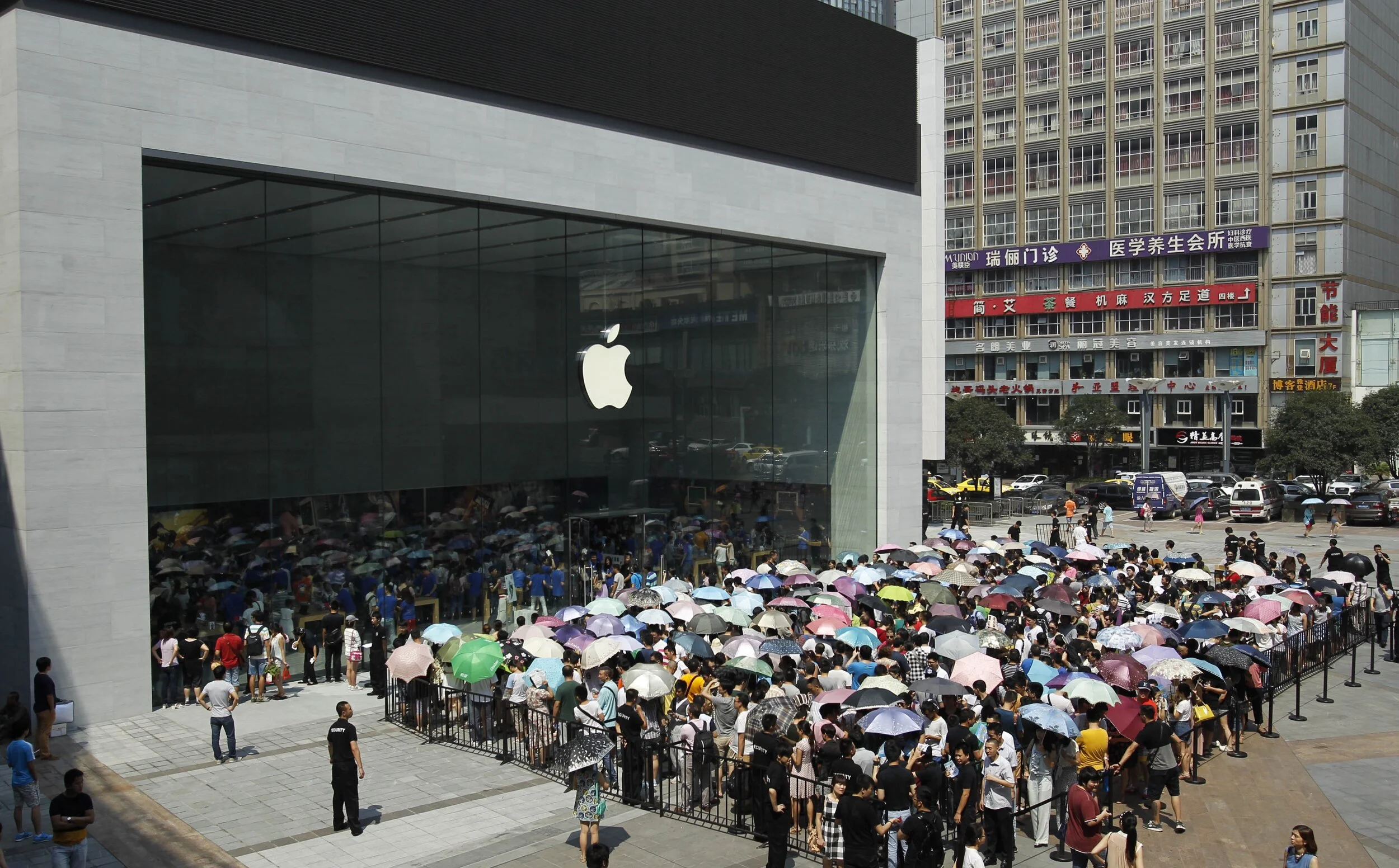What brands can learn about loyalty from emotional connections
Our Analyst Holly Marsh on what human relationships can teach us about the way customers interact with brands
Can brands really relate to customers emotionally? Or is that something overly-emotional brand creatives want us all to believe?
Our research has shown us yes, they can relate to us emotionally, and some organisations actually do it very well. We recently delved into realm of human emotional connection and discovered some interesting things that brands and organisations can learn from the way people connect with one another…
1. We connect with brands that reinforce our identities
We usually connect with similar people who help to reflect our own identities, and brands have the potential to do the same.
Researchers at Dartmouth College analysed the friendship and social ties within a group of graduate students. They found that neural responses to video and audio clips were extremely similar between close friends, and the closer the stated friendship, the more similar their neural responses. This seems fairly obvious - we often gravitate towards people who see the world in the same way we do, and we might become more similar once we share experiences with them. Additional studies have found that groups of friends will often be similar in personality, have the same genotypes, and their brains will neurologically respond to the world in a similar way.
So, it’s clear we connect with like-minded people, and this helps us to figure out our own identities and personalities as a reflection of the people we choose to align ourselves with. But this could also work when customers connect with certain brands and products. For example, a rebellious teenager might want to be seen to be wearing Dr Martens boots as that says something about their identity, or a person might choose to drink a particular craft beer, such as Neck Oil, because they want to be seen as unique with obscure interests. The learning here is that if brands can tap into a specific identity that people are seeking to embody, customers might be more willing to connect with them on an emotional level.
2. Transparency is valuable in all relationships, not just the ones we have with people
Reciprocity and sharing unites people, so sharing and being transparent with customers can deepen the emotional connection they have towards your brand. Studies have shown that sharing verbally about something personal, like an interest, a secret or a passion, activates high levels of oxytocin, the neurotransmitter that helps us to connect with others and generally just makes us feel good. Social media works in the same way; it’s a form of sharing that’s addictive because it’s so immediate and consistent, and because it prompts the brain to release oxytocin.
Some brands have been able to recreate that feeling in being transparent with their customers. Riverford, an organic vegetable box delivery company, gives their customers regular business updates, as well as including them in key business decisions. Similarly, Monzo pledges to ‘default to transparency’, sharing a huge amount of information with their customers. From small app changes to quarterly company goals, they tell their customers what they’re doing, and why, with the hope that it will earn customer trust and differentiate from the competition. While an email from Monzo might not trigger an oxytocin release, what these companies are doing is creating a reciprocal relationship with their customers which mimics the connections they have with others in their lives.
3. Rituals and traditions help to anchor customers
Rituals and rites of passage can create strong emotional connections within groups of people, so embedding a ritual into your product experience can help customers bond emotionally with your brand.
Ritual theory states that the harder a social group is to join – this might mean financially, socially, effort-wise, time-wise, knowledge wise - the stronger the connection and sense of loyalty you’ll feel towards that particular group after joining. Rituals and traditions also unite us – whether that’s longstanding family traditions or small daily rituals that might revolve around things like dinner time or watching television in the evening.
Apple is an obvious example of this working at a brand to customer level. At every new product release across the world, hundreds of customers queue outside stores to get their hands on the latest iPhone or laptop. For these customers, the pain of queueing for hours makes the purchase at the end of the line sweeter, and the attention and hype around the famous queues also make people keen to be a part of the whole experience. Apple as a company has often been compared to a religion, with a cult-like following and a ritualization of the entire product experience. This includes the purchase, the packaging, the stores and the product itself. Steve Jobs actually revealed that the iPhone box was designed so that it’s a bit difficult to open, to create a suspense-filled pause before the customer sees the product for the first time. By embedding rituals into the product experience Apple is not only able to create a strong emotional connection between customers and their products, but also create a sense togetherness and similarity among Apple users as a group.
What can organisations do to create this connection?
Clearly, these examples show us that connecting to customers on a human emotional level is very important and can be a great way to ensure customer loyalty.
But how can organisations do this authentically?
Well, it means treating your customers exactly as they are, as people. So when thinking about what they might value in their relationship with your organisation, you could consider some of the things you might value in the connections you have with people in your day to day life – such as relatability, trust, transparency and a sense of belonging. And when communicating with them, talk to them in their language, one they’re going to understand, rather than your organisation’s. That's how brands can really connect with customers, and keep those emotional brand creatives happy.



